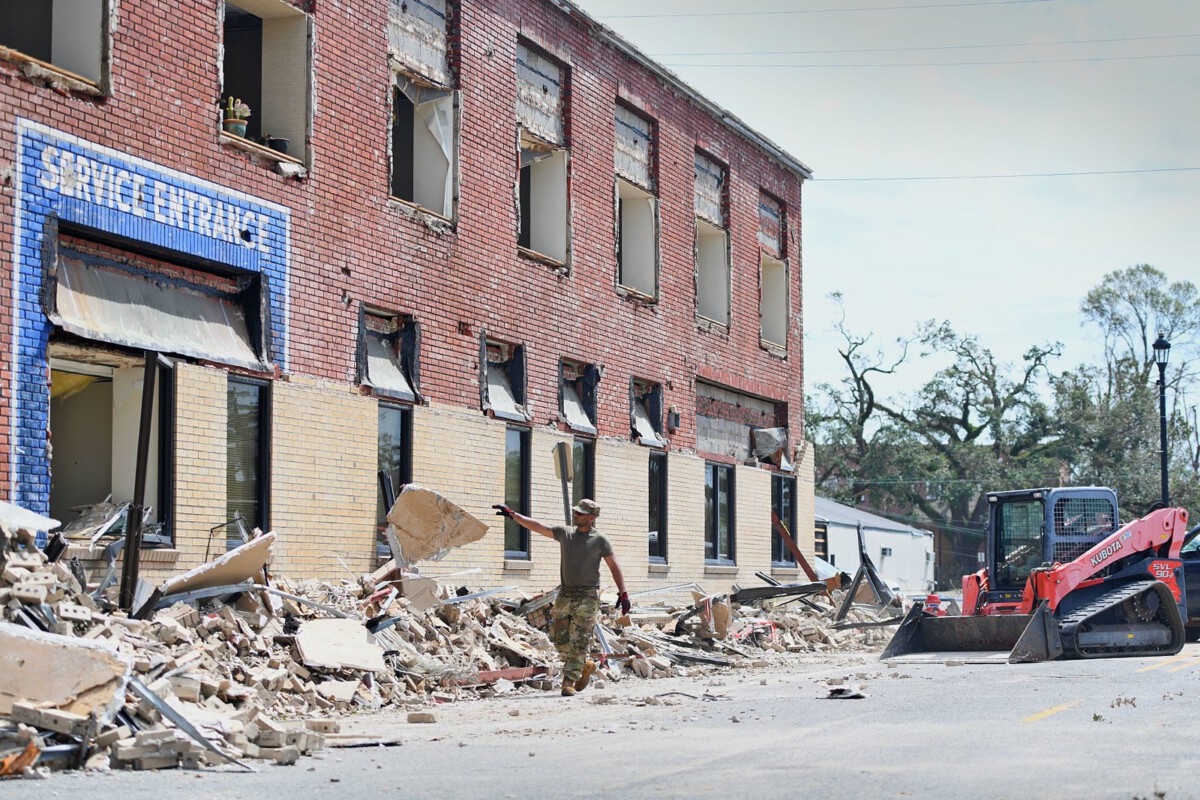The Startling Surge in Mental Health Issues (Image Credits: Unsplash)
In the quiet moments of everyday life, many young people carry an invisible weight that colors their world in shades of uncertainty.
The Startling Surge in Mental Health Issues
Imagine waking up each day with a knot in your stomach that just won’t loosen. That’s the reality for far too many LGBTQ+ youth right now. The Trevor Project’s latest survey, released this week, paints a grim picture of escalating struggles.
Anxiety rates have climbed to 68 percent among those surveyed, up from 57 percent just two years ago. Depression followed suit, rising from 48 percent to 54 percent. And thoughts of suicide? They’ve jumped from 41 percent to a heartbreaking 57 percent. This isn’t a snapshot; it’s a longitudinal study tracking the same group over time, showing a clear downward trend.
These numbers hit hard because they reflect real lives unraveling amid broader pressures. Experts point to the data as a wake-up call for communities and policymakers alike.
Unpacking the Numbers: A Deeper Dive
Let’s break it down. The survey followed nearly 1,700 LGBTQ+ individuals aged 13 to 24, checking in every six months from late 2023 through early 2025. That period included major events like a presidential election, which amplified existing tensions.
One key finding stands out: access to mental health care dropped sharply, from 80 percent to 60 percent. Without that lifeline, small problems snowball into crises. The Trevor Project’s research underscores how timely support can make all the difference, yet barriers like cost and availability are mounting.
Still, glimmers of hope emerge. Youth with affirming family environments reported lower rates of severe distress, proving that personal connections matter immensely.
Socio-Political Pressures Fueling the Fire
It’s no coincidence that these declines align with rising anti-LGBTQ+ legislation and rhetoric. Over the past two years, more than 500 bills targeting queer rights have surfaced in statehouses across the U.S. Such hostility creates a chilling effect on young people’s sense of safety.
For trans and nonbinary youth, the impacts feel even more acute. The survey notes higher rates of ideation among this group, linked to fears over healthcare access and school policies. When the world outside feels hostile, retreating inward becomes the default.
However, resilience shines through. Many respondents highlighted chosen families and online communities as vital buffers against the storm.
The Power of School and Home Environments
Schools play a pivotal role here. Inclusive policies, like gender-neutral bathrooms and anti-bullying programs, correlate with better outcomes. Yet, in states with restrictive laws, students report feeling isolated and on edge.
At home, acceptance is a game-changer. The data shows that LGBTQ+ youth with supportive parents experience 20 percent lower rates of depression. Simple conversations and validation can build a foundation strong enough to weather external storms.
Parents might wonder where to start. Resources from organizations like The Trevor Project offer practical guides, from active listening tips to spotting early signs of distress.
Barriers to Getting Help: Why It’s Harder Now
Even when youth seek help, obstacles abound. Wait times for therapists have lengthened, and insurance gaps leave many out in the cold. The survey’s 20 percent drop in care access highlights a system that’s failing to keep up.
Rural areas face extra hurdles, with fewer LGBTQ+-affirming providers nearby. Telehealth helps, but not everyone has reliable internet or privacy to use it. These gaps exacerbate inequalities, hitting marginalized groups hardest.
Yet, innovation offers promise. Apps and hotlines, like The Trevor Project’s 24/7 lifeline, provide immediate, confidential support to bridge those divides.
Key Findings at a Glance
To make sense of the survey’s breadth, here’s a quick rundown of the most pressing stats:
- Anxiety: 57% in 2023 → 68% in 2025
- Depression: 48% in 2023 → 54% in 2025
- Suicide ideation: 41% in 2023 → 57% in 2025
- Mental health care access: 80% in 2023 → 60% in 2025
- Supportive environments reduce distress by up to 20%
Charting a Brighter Path Ahead
While the trends are troubling, action can turn the tide. Policymakers must prioritize inclusive laws and funding for youth mental health. Communities can foster safe spaces, from pride events to everyday allyship.
The Trevor Project calls for expanded research and intervention, emphasizing prevention over reaction. Every affirming voice counts in rebuilding that sense of belonging.
Key Takeaways
- Mental health declines tie directly to external hostilities; support networks act as crucial shields.
- Access to care is plummeting – advocate for more resources in schools and clinics.
- Small acts of acceptance at home and school yield big protective effects.
Ultimately, this survey isn’t just data; it’s a plea for empathy and change. LGBTQ+ youth deserve a future where their mental health thrives, not just survives. What steps can we take in our own circles to make that happen? Share your thoughts in the comments below.




